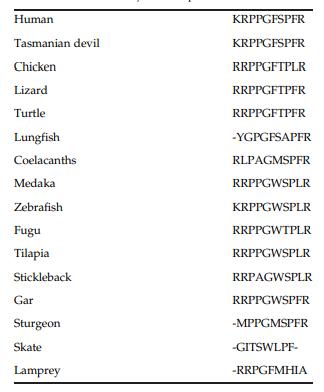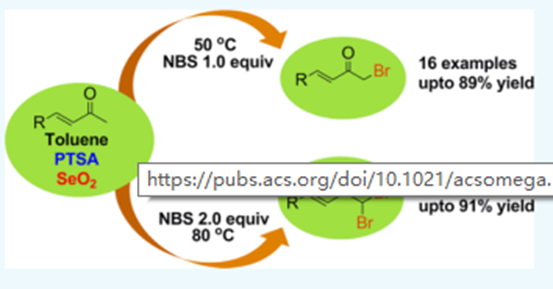Biological functions and Synthesis of corticotropin-releasing factor (CRF)
The corticotropin-releasing factor (CRF)-like peptide in insects is a peptide hormone capable of regulating fluid excretion from the renal organ (Malpighian tubules). Therefore, this peptidyl factor is a diuretic hormone in insect species.
Structure
M. sexta DH/CRF is a linear peptide composed of 44 aa with C-terminal amidation. Although the length of DH/CRF ranges from 30 to 47 aa residues according to species, amino acid sequences exhibit low similarity among insect species. The amino acid sequence of DH/CRF also shows low similarity with those of mammalian CRFs.

Discovery
DH/CRF was first identified from the crude head extract of the tobacco hornworm Manduca sexta. DH/ CRF has been purified by evaluation of the fluid (meconium: pupal waste fluid) secretion immediately after eclosion of the cabbage white butterfly Pieris rapae.
Synthesis and release
Gene, mRNA, and precursor
A cDNA of DH/CRF encodes a preproprotein composed of a signal sequence, a predomain, and a mature peptide.
Distribution of mRNA
The DH/CRF gene is expressed in the nervous system, especially in the brain and terminal ganglion. In some species, DH/CRF expression is confirmed not only in nervous cells but also in intestinal endocrinal cells. In the M. sexta larvae, the expression of DH/CRF is confirmed in the brain, CNS, and midgut.
Biological functions
Target cells and functions
DH/CRF modulates diuresis by controlling fluid secretion from the Malpighian tubules.4 Additionally, DH/CRF modulates feeding behavioral duration via unknown mechanisms by which the release of DH/ CRF can trigger the endogenous signal for the end of feeding.5, 6 DH/CRF functions as a pleiotropic factor in the mechanisms, including circadian rhythms and the nutrient sensing system in insects, by responding to nutritive sugars to maintain energy homeostasis, including starvation and desiccation control.


